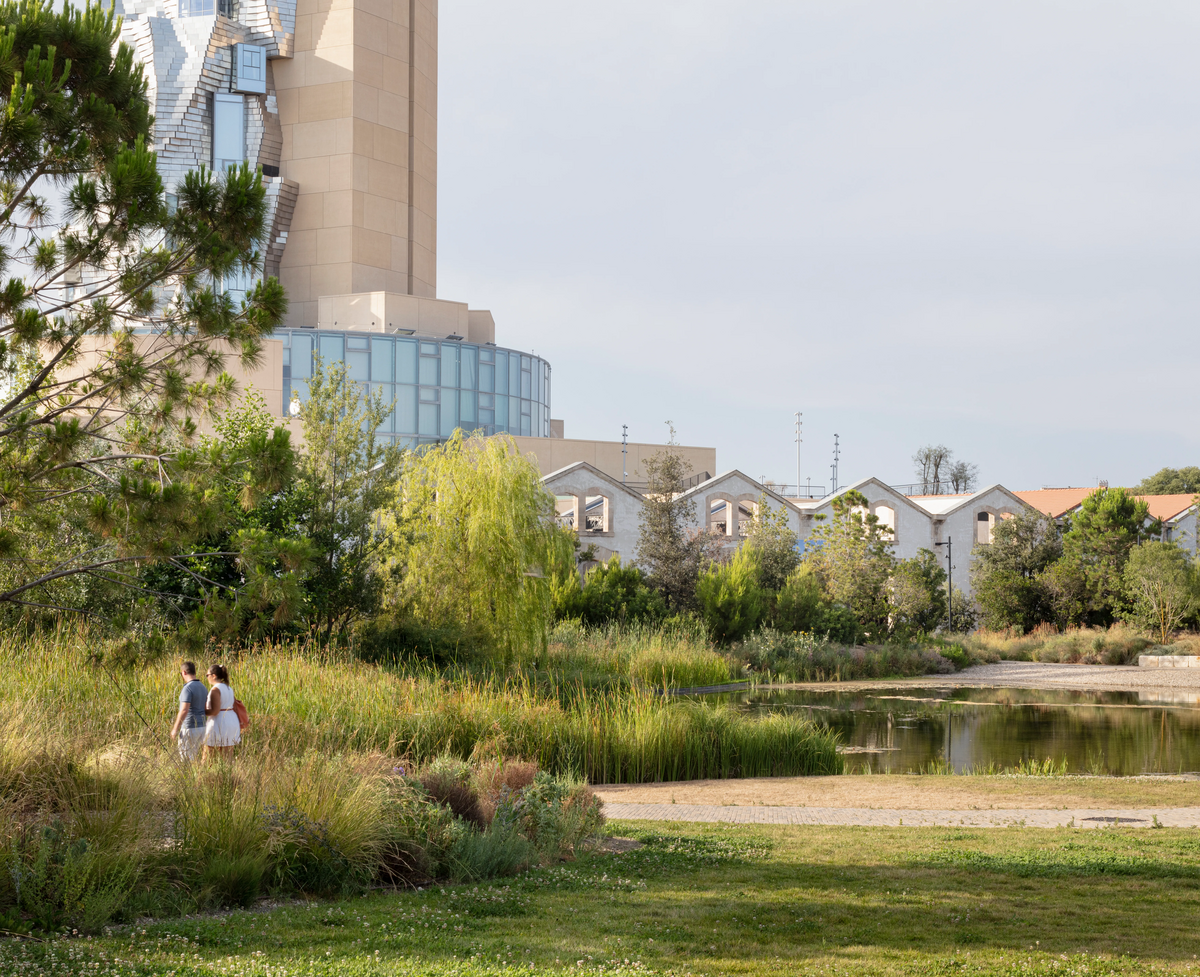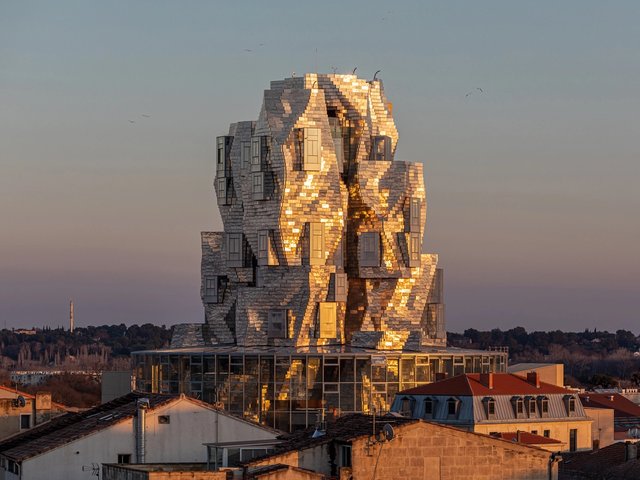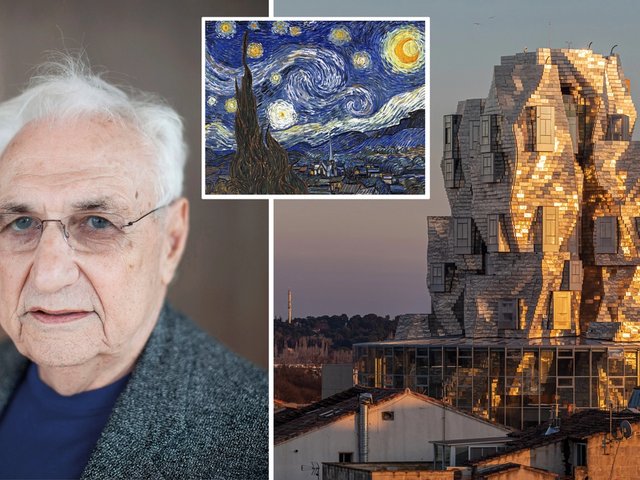While travelling through London City airport around seven years ago, Peter Fischli went in search of something to read. In place of celebrity biographies or romance novels, he found shelf after shelf filled with volumes offering advice on business—and specifically, on how to make vast amounts of money. The artist acknowledges that, given his location, this should perhaps not have been a surprising experience, and yet it gave rise to a new idea.
Fischili, best known for many years as one half of the conceptual duo Fischli/Weiss, began taking pictures of these kinds of books wherever he found them, both in shops and online. He sought out volumes that he describes as cheap, poorly designed and bearing all manner of strange and often nonsensical names: How to Profit From Climate Change, From the Trash Man to the Cash Man and The Zen of Social Media. “What the fuck is that?” the artist asks, laughing as he lists these titles, which he says simultaneously fascinated and repulsed him.
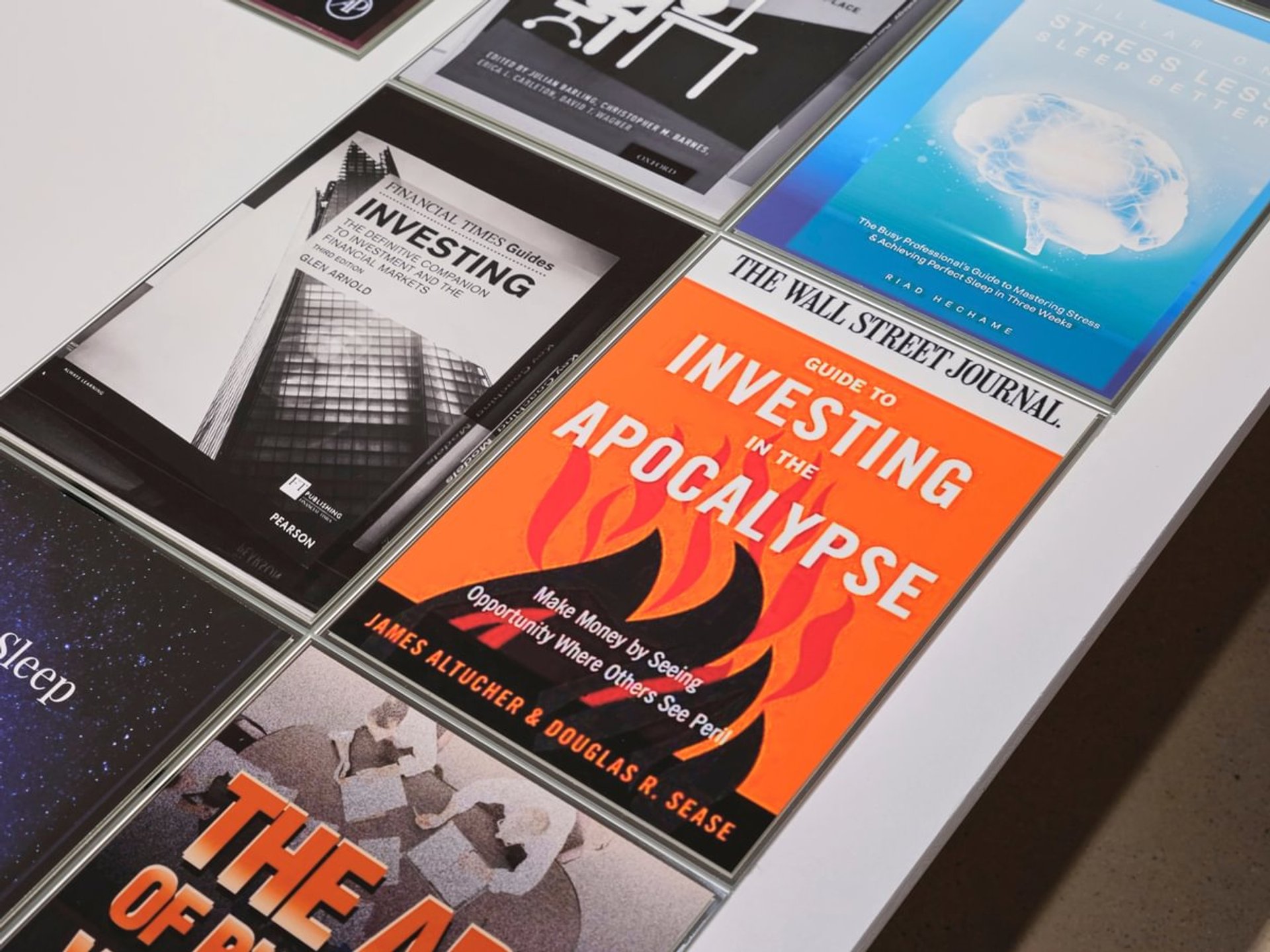
Peter Fischli, People Planet Profit, 2025, Les Forges, LUMA Arles, France
© Victor&Simon - Grégoire d’Ablon
Presented in their tens, the covers of these books now make up the work People Planet Profit—a title shared with Fischili’s new exhibition at Luma Arles. As its name suggests, the show explores themes of climate and capitalism, asking how—and if—social wellbeing, environmental sustainability and financial gain can truly coexist. Set in a former industrial building, the exhibition also questions changing notions of labour, and the shift from material production to the immaterial flow of data amid the fourth industrial revolution.
These concepts are explored through a myriad of mediums. A sculptural installation, simultaneously reminiscent of disused traffic lights, human beings and sets of gallows, speaks to tensions between the natural and the man made. Meanwhile Trackless Train, a repetitious screen printed work featuring the peculiar phenomenon of the tourist train, invites reflections on authenticity and nostalgia, and on the impact on cities of vast, picture-taking crowds.
Throughout the show, reflections are important. Fischli succeeds, with varying levels of subtlety, in mirroring to visitors a society in the grips of late-stage capitalism, in which the planet is often pitted against profit. This work, the artist says, feels necessary. “I live in the now, just like you live in the now, and we have to find ways to read the world or to decode it,” he explains.
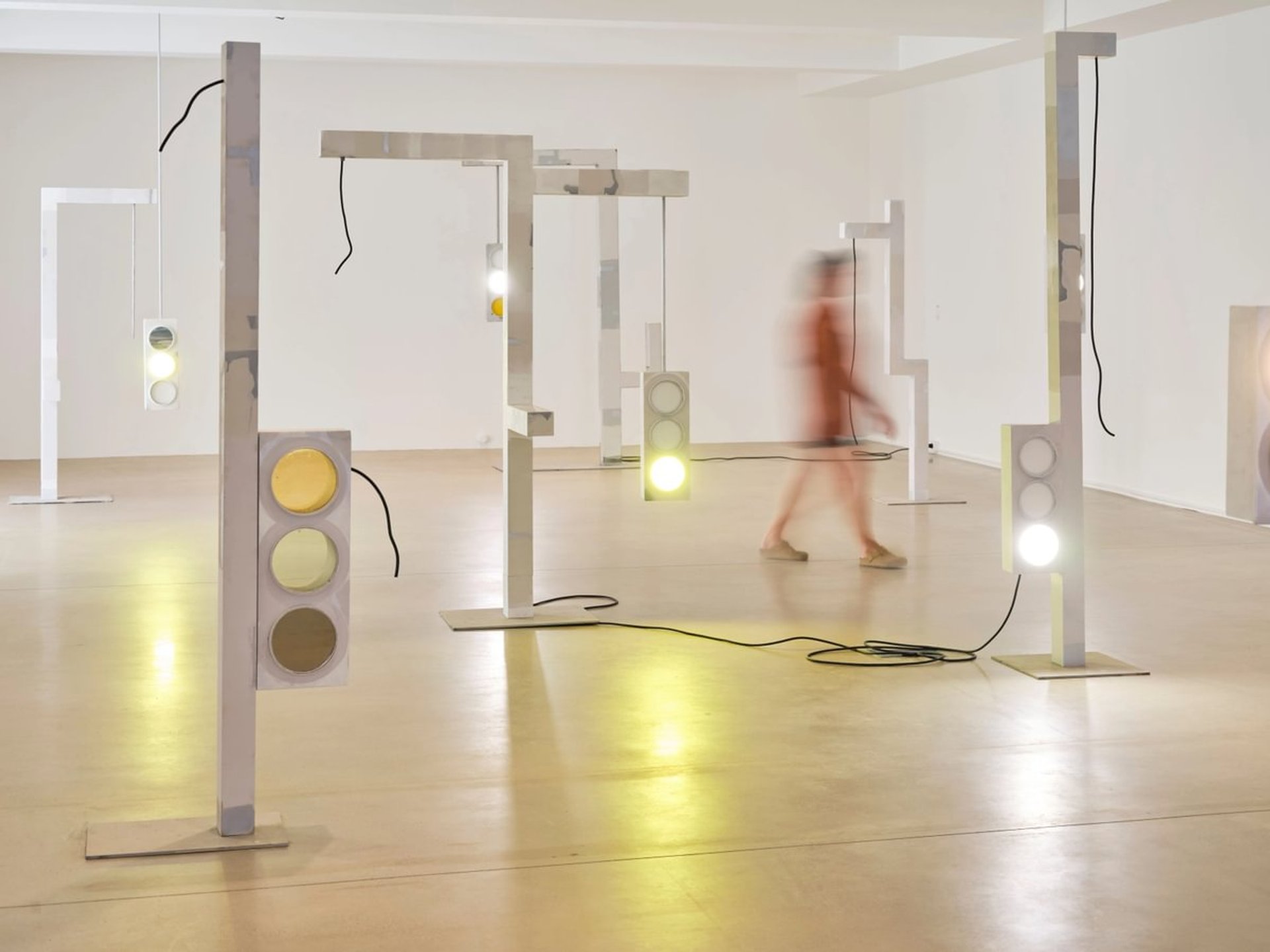
Peter Fischli, People Planet Profit, 2025, Les Forges, LUMA Arles, France
© Victor&Simon - Grégoire d’Ablon
Subverting urban ecologies
If Fischili’s People Planet Profit is an exploration of the problems posed by the climate crisis and ever-expanding cities, then Bas Smets: Climates of Landscape is a less aesthetic but distinctly more practical look at solutions. Set close to Fischili’s work, and against the backdrop of the sprawling, 10-acre park designed by Smets for Luma, the landscape architect’s exhibition proposes ways in which urban ecologies can be conceived to mitigate rising temperatures and tides.
Smets began work on the Luma’s Parc des Ateliers in 2009, transforming a baron, desert-like space into a lush, green and self-sustaining ecology. Fresh from the Venice Architecture Biennale, where he curated the Belgian pavilion, the architect acknowledges that presenting his work for an art-focused audience presented new challenges.
He addressed these challenges by transforming the former industrial building, which houses his works, into a key element of his show. Lining the cavernous space with metres-high curtains he creates a microclimate—a cool and welcome oasis from the poignantly scorching heat outside. “It’s almost like a landscape that we make inside the building, first of all to make people aware of the built environment, but also to remind them that it’s inescapable,” he explains.
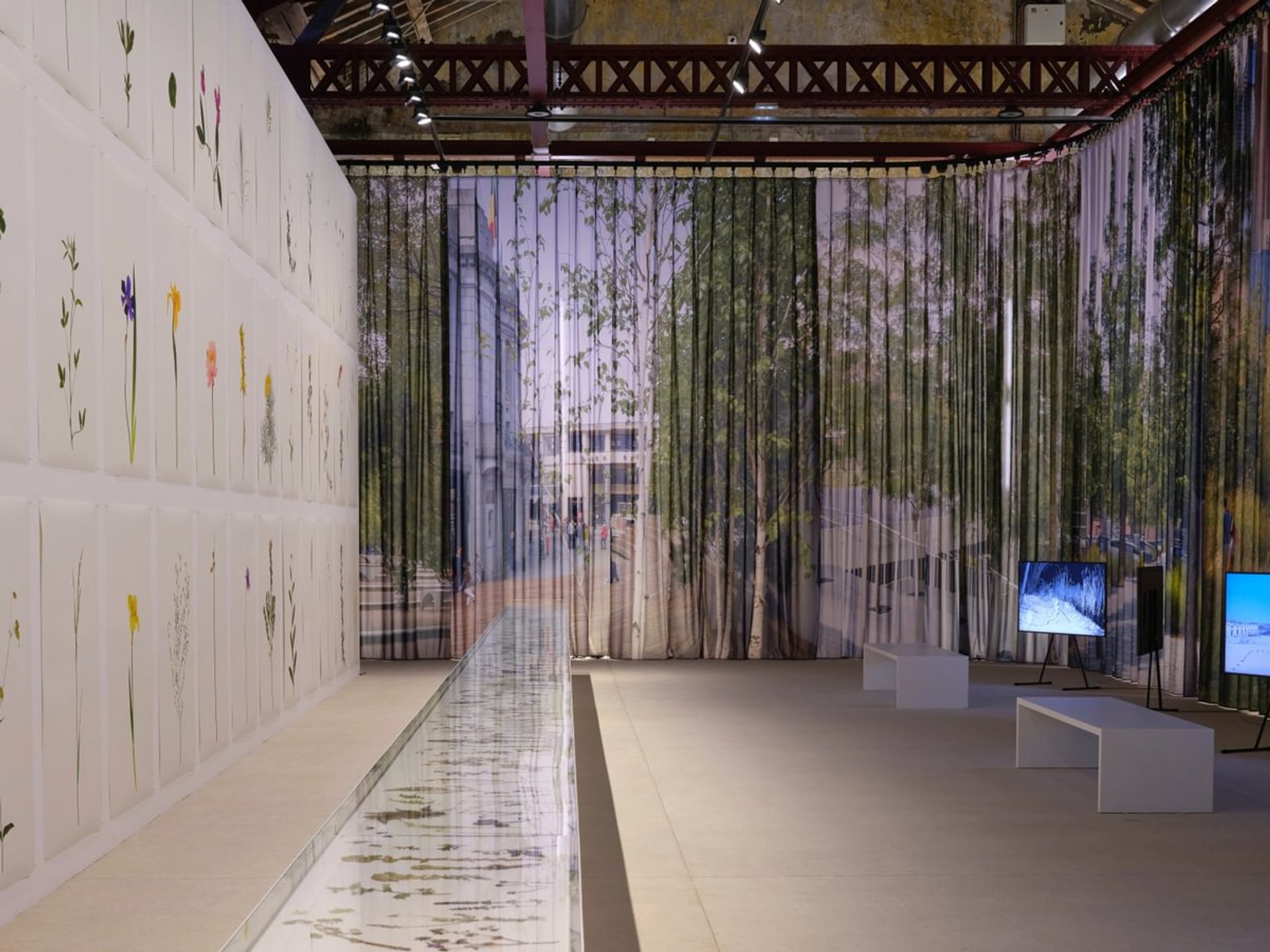
Bas Smets, Climates of Landscape, 2025, Le Magasin Électrique, Bloc A, Luma Arles Parc des Ateliers, France
© Victor&Simon - Grégoire d’Ablon
This process of subverting established urban ecologies is at the heart of Smets’s practice, and can be seen in each of the three, intricate miniatures presented by Climates of Landscape. The architect would likely be realistic about their visual impact compared to other works displayed throughout Luma’s 15,000 sq. m building, however, the innovations they represent are striking. One model in particular illustrates his plans for the enhancement of outdoor comfort and the reduction of the perceived temperature around Notre-Dame, as part of the Parisian cathedral's ongoing reconstruction.
This project will see over 500 new trees planted, which will help to channel winds from the Seine towards visitors in a reconfigured area outside the building’s main entrance. A cooling system will also be incorporated into the ground which, in summer, will generate a sheet of water to lower temperatures by several degrees. It all sounds very modern for such a site— were there difficulties in applying his approach to a heritage building?
“Yes, but also new opportunities,” Smets says. “We imagined the cathedral as a witness to a city looking for its form. We wanted to create a new alliance between ecology and heritage.”
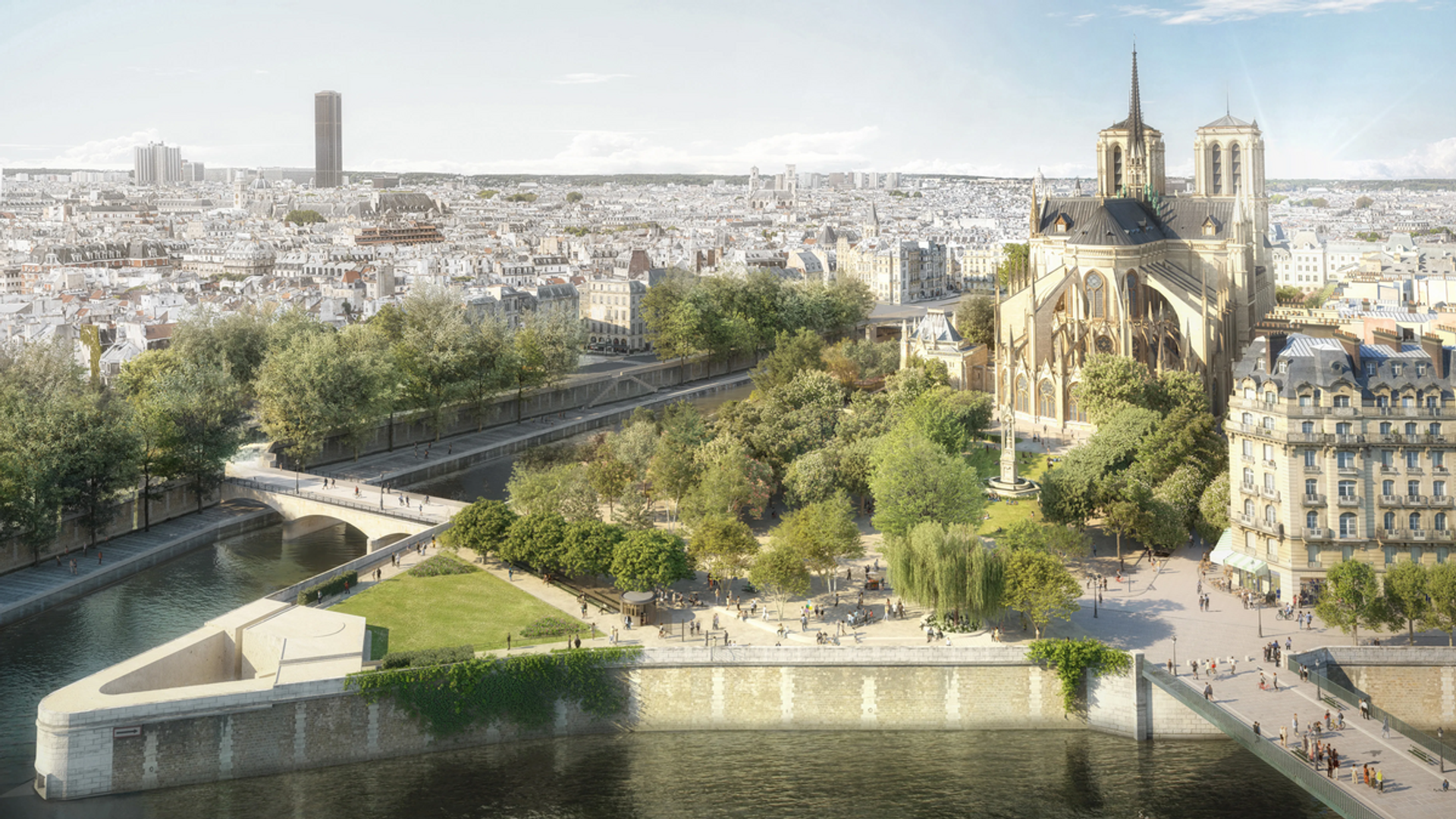
Redevelopment project for the area surrounding Notre-Dame Cathedral in Paris, 2024
Bas Smets + GRAU
Psychedelia in Pompeii
If, as Smets suggests, cities can bear witness, then there are few that have seen as much as Pompeii—the ancient Roman site in Italy, which inspired Wael Shawky: I Am Hymns of the New Temples. The Egyptian artist’s exhibition is the largest of the three, and is set out in the shadow of a towering pink incarnation of Mount Vesuvius. The volcano's explosion, however, is not the show's focus, but rather Shawky is concerned with the diverse histories, stories and myths recorded through the well preserved city.
These elements are also explored in the exhibition’s centre piece: an almost hour-long film, created by Shawky amid the ruins of Pompeii. It is a simultaneously surreal and spiritual work, throughout which a cast of masked actors, marionette-like and at times disturbing in appearance, share the artist’s interpretation of the wandering of Gaia.
In this retelling of the Greek myth, Zeus, in an effort to protect his lover from his wife, turns her into a cow. In this form she wanders the earth, carrying the scales of justice, and eventually births a son, Osiris. Meanwhile Zeus, displeased with a sinful humanity, conjures a great flood to cleanse the planet.
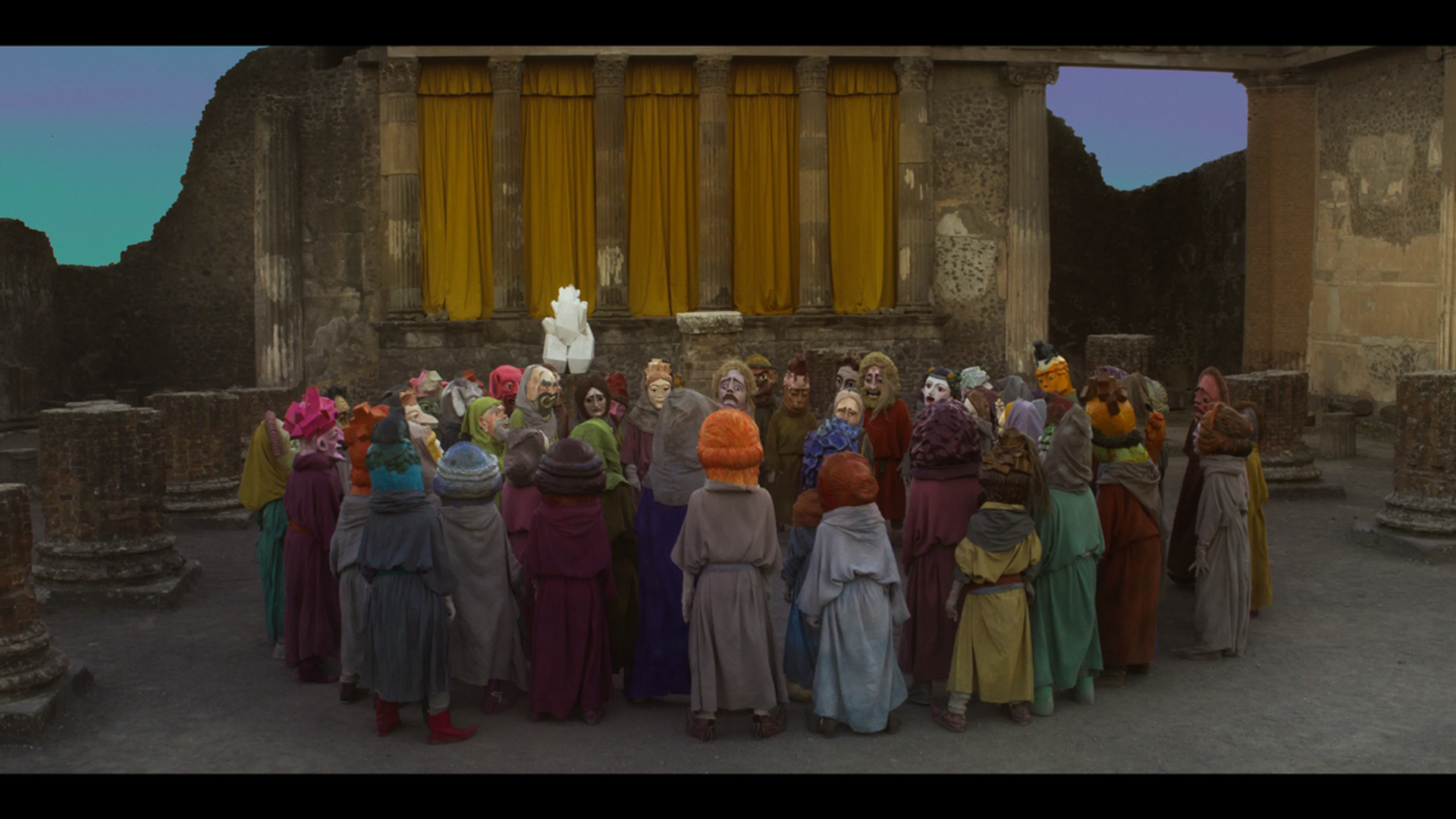
Wael Shawky, I Am Hymns of the New Temples (still image), 2023
Courtesy of the artist and the Ministry of Culture—Archaeological Park of Pompeii. © Wael Shawky
Narrated in ancient Arabic and at times in verse, the work incorporates elements of Egyptian storytelling to explore how heritage is shaped and how moral conflicts developed across cultures. It is an almost hypnotic watch, with world building so convincing as to approach the psychedelic.
“At its core, the essential part of this whole story is the idea of searching for a justice that already exists in the Greek mythology, and that you feel is really part of the subconscious of humanity,” Shawky explains. “It has to do with the relationship between our physical world and our metaphysical world—we can call it anything, we can call it religion, we can call it conscience, we can call it whatever we want—and how these two different worlds meet.”
Shawky is, of course, best placed to interpret his own work. However, in the context of the other shows presented at Luma this summer, it is hard not to imagine his ancient characters as part of a modern society in turmoil—living in overheating cities, at the mercy of vengeful rulers. His film’s final lines, spoken by an ominous narrator, would seem to lend themselves to this train of thought:
“Right then Zeus decided to destroy them. Annihilate them then create other human beings who know no evil and abstain from vice. Down came the flood upon his orders, storms broke, one after the other, there was dreadful downpour. Oceans, seas and rivers overflowed with water. The floods reached the falling rain coming down from the sky like mountains and water flooded everything. Not a single beating heart was left on earth. Silence.”
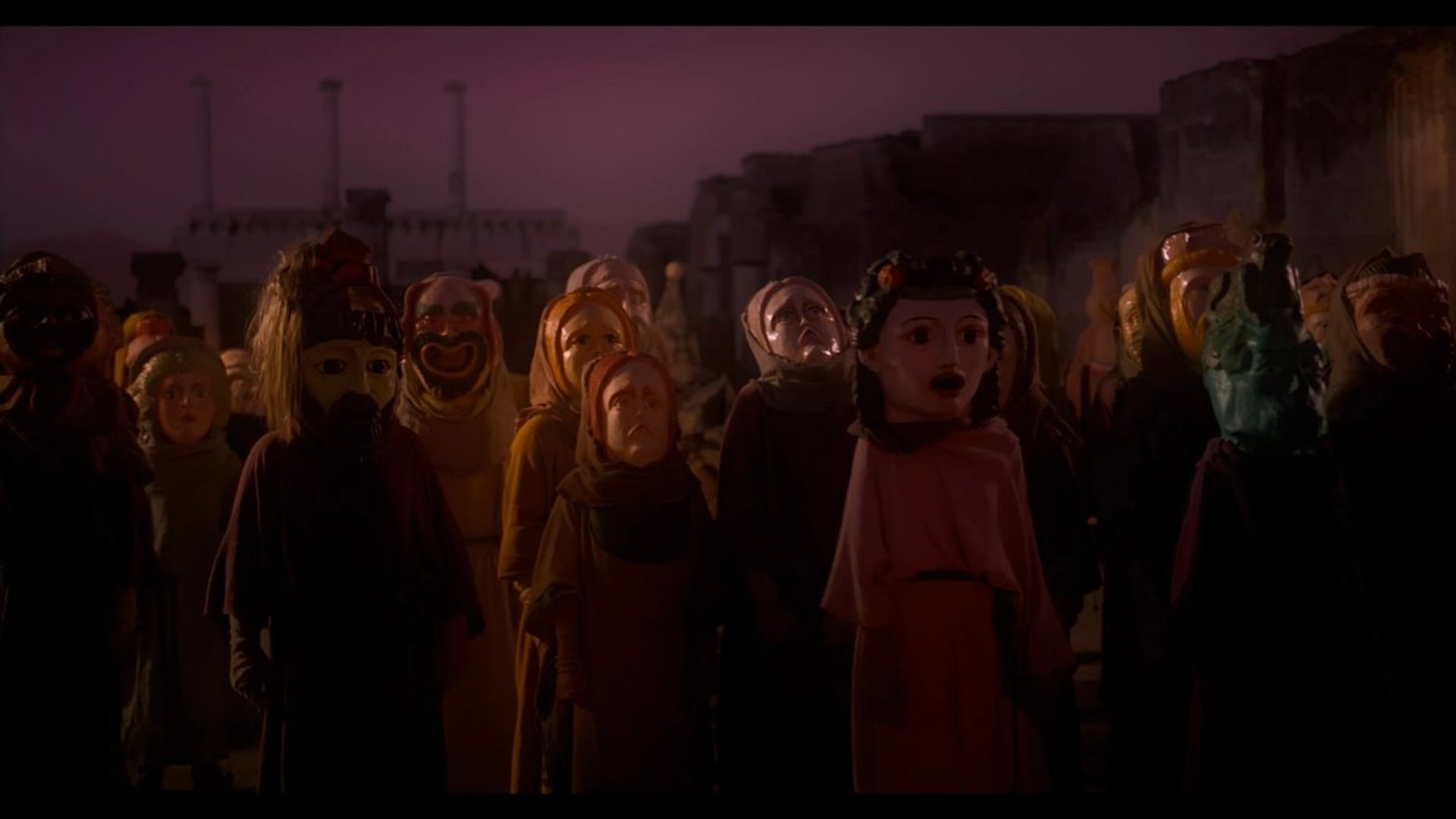
Wael Shawky, I Am Hymns of the New Temples, 2023, video still
© Wael Shawky, 2023
- Wael Shawky: I Am Hymns of the New Temples, La Grande Halle, Luma Arles, until 2 November
- Bas Smets: Climates of Landscape, Le Magasin Électrique, Luma Arles, until 2 November
- Peter Fischli: People Planet Profit, Parc des Ateliers, Les Forges, Luma Arles, until 11 January 2026


